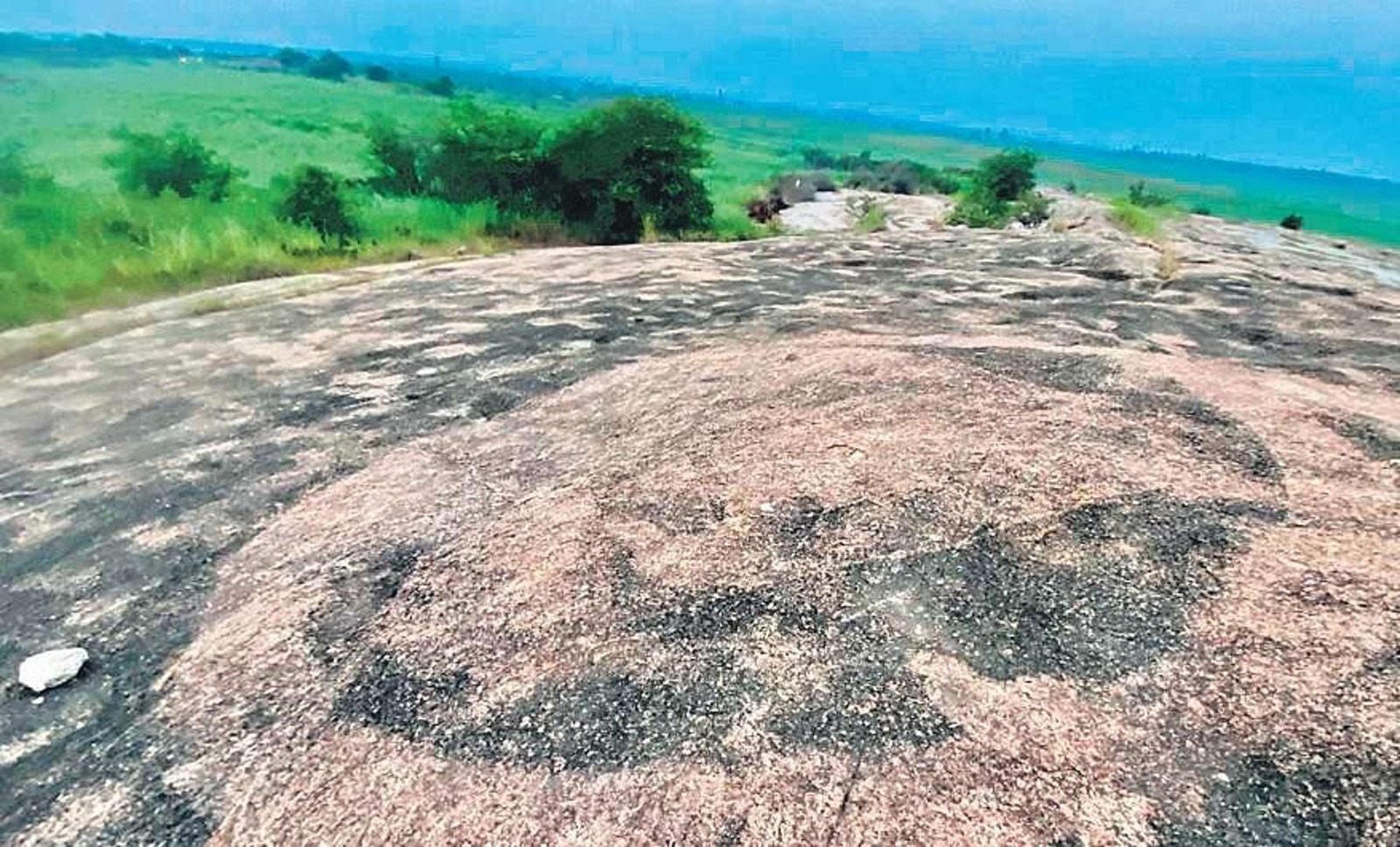Report by Alekhya Chavan
An ancient geoglyph, dating back to 1,000 BCE, has been unearthed in Telangana, India.
What’s a Geoglyph?
A geoglyph is like a gigantic doodle on the ground, so big that you can only see it from up high, like in an airplane. We still don’t know who made these geoglyphs and why, but they are found all over the world.
What was discovered, exactly?
A large geoglyph was discovered by experts in the Hyderabad area of India. It is estimated to be roughly 3,000 years old, having originated around 1,000 BCE. Experts think that this is an iron age geoglyph, and the site was a continuous habitation site from the neolithic age at least, since evidence of some neolithic (later stone age) sites have been found nearby.
What Does the Geoglyph Look Like?
This ancient geoglyph takes the form of a human-like figure, spanning about 100 feet—imagine two school buses side by side! The figure sports an intriguing headdress (helmet/turban) and what appears to be a walking stick.
It is estimated that the image was made using a technique known as ‘pecking.’ This involved meticulously chipping away at the ground to form the intricate design.
How Did They Find It?
Discovering this image required a combination of satellite photos and ground surveys.
Protecting this Ancient Artwork
Archaeologists and the local government will collaborate to ensure it’s conserved for future generations to appreciate and learn from.
Did They Give This Geoglyph a Name?
As of now, there’s no mention of a specific name for this geoglyph.
Where else are geoglyphs found in India?
The Konkan region is the richest known repository of geoglyphs in India. In June 2021, a geoglyph discovered in India’s Thar desert, near a village called Boha, is believed to be the world’s largest known geoglyph.
Image credits – @AMJADAM40824748

